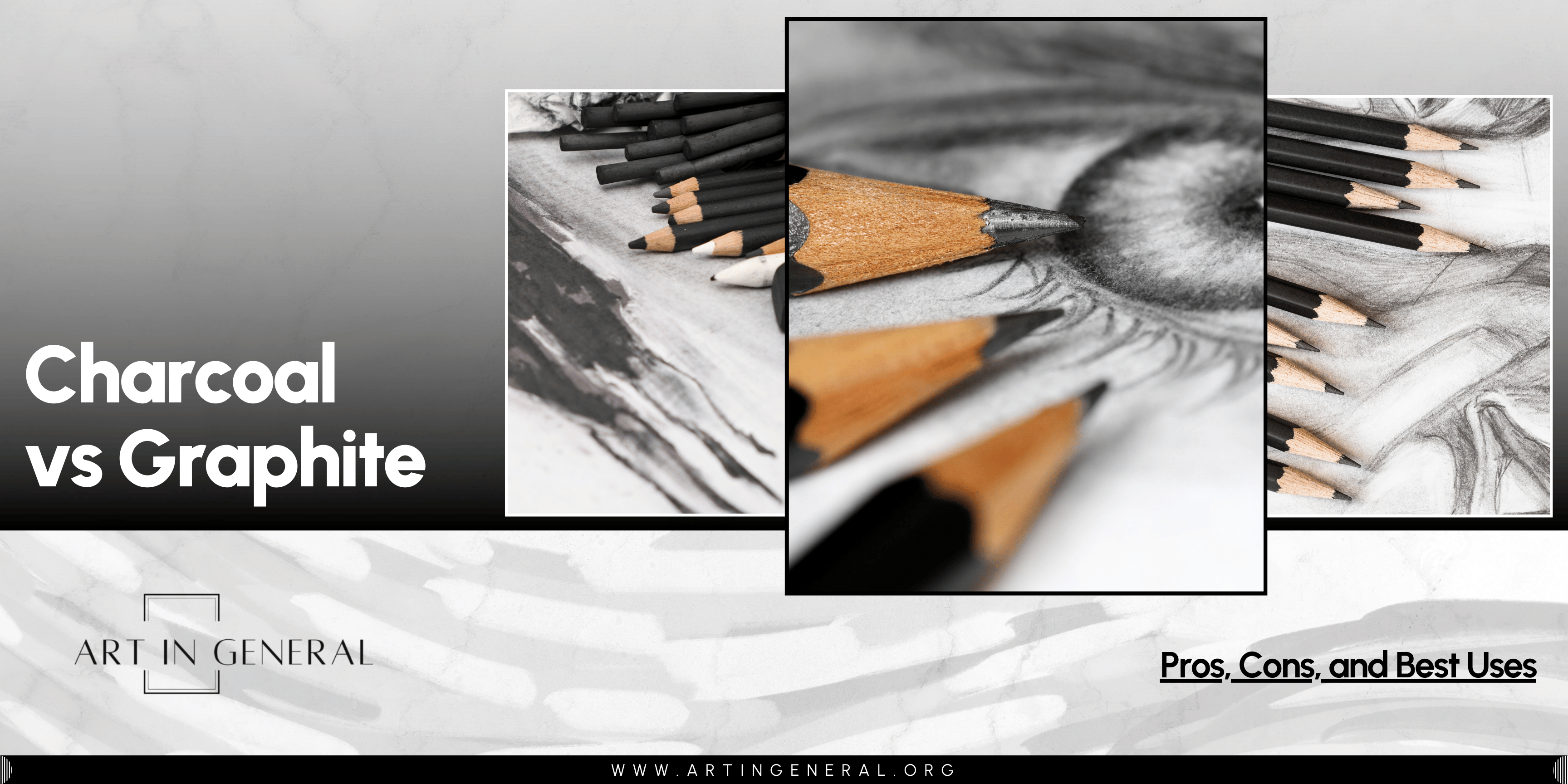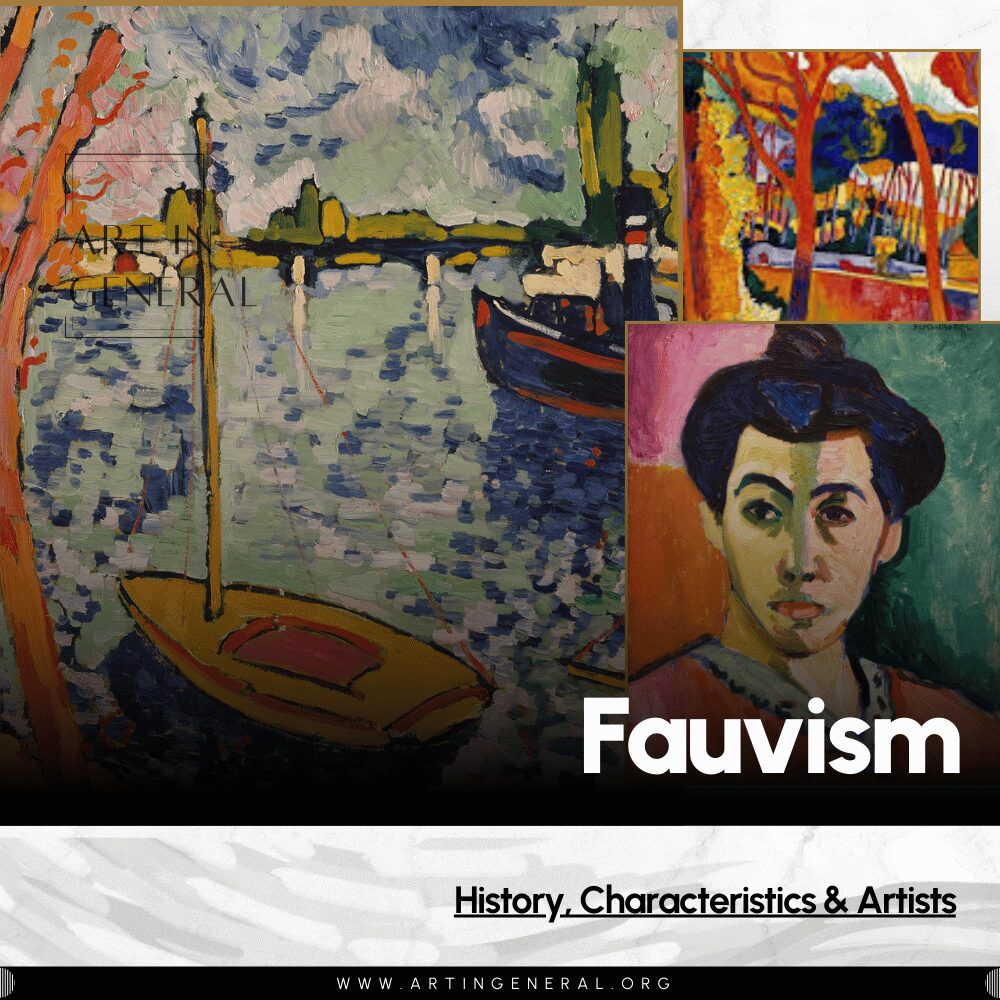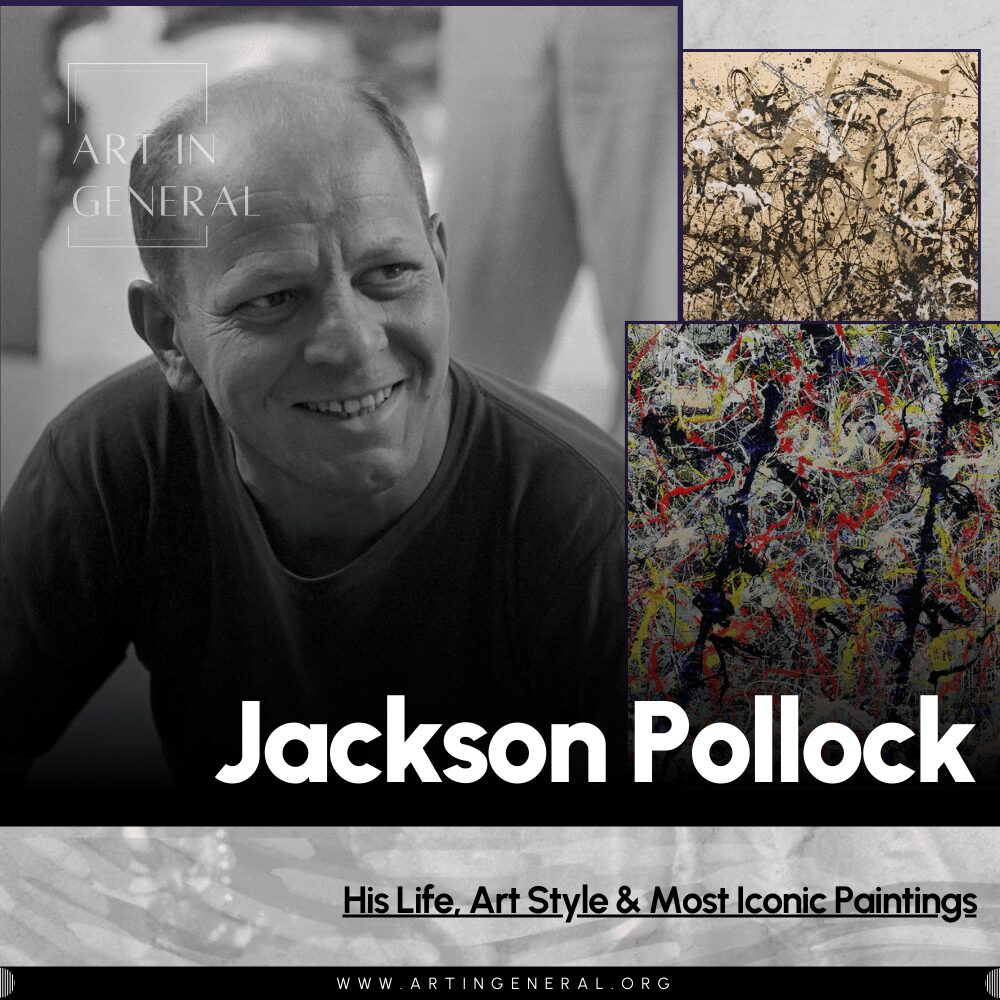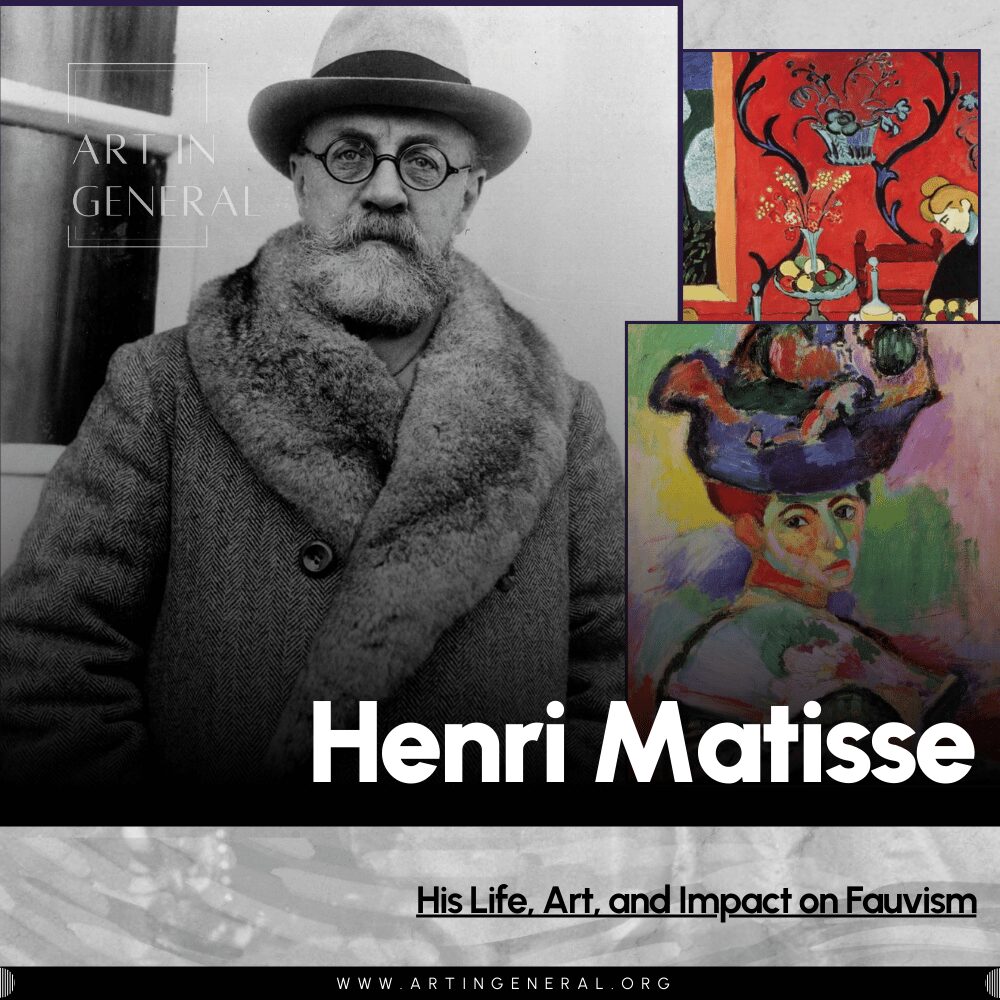
Graphite and charcoal are two of the most popular drawing mediums among artists. Many, especially beginners, often wonder which one to use and what the key differences are between them. Each medium has its own unique properties, techniques, and best uses. In this guide, we’ll explore the pros and cons of graphite and charcoal, the various techniques you can use with each, and how to choose the right one for your artwork. Let’s get started!
What is Charcoal?
Charcoal is one of the oldest traditional drawing mediums that’s been used for drawing and writing for centuries. It’s made from wood that is carefully burned in a controlled environment to get a carbon-rich charcoal. This makes sure the finished product is lightweight, produces dark, rich lines and a wide variety of values.
Types of Charcoal
Charcoal can be found in different forms, like Vine charcoal, Compressed Charcoal and Charcoal pencils, which are made for artists to be used in different ways:
Vine Charcoal
Vine charcoal is made from burnt thin wood branches, usually made from grapevines as well as other soft woods like willow, linden, poplar, etc. that produce a very soft, lightweight, easily breakable stick that applies very smoothly and blends beautifully.
This type of charcoal is very soft, easy to manipulate and erase, which is very useful for preliminary sketches and underdrawings. Since it produces very light tones, it’s great for light shading and establishing the first layers of value.
One of the disadvantages of vine charcoal, especially for beginners and first- times users is its poor adhesion to paper, since the charcoal is so soft, the particles sit loosely on the surface, and are extremely prone to smudging and lifting, which makes it challenging when establishing values and very messy to work with.
Vine Charcoal is also extremely fragile, breaking easily during use and storage, and while this works great for expressive drawing and long sketching sessions, the extreme fragility might lead to the need of getting constant replacements.
Compressed Charcoal
Compressed Charcoal is powdered charcoal mixed with a gum or wax binder, which is then compressed and shaped into solid sticks. This results in a denser, darker and more durable form of charcoal, which is also easier to use, store and apply.
Since it’s denser than vine charcoal, it produces darker and more intense marks, and the binder makes them stay on the paper, giving artists more control over the intensity and range of value they can use in their work.
They usually come in different degrees of “hardness”, from soft to hard, making them great for covering large areas with ease and working on fine details as well. While still blendable, compressed charcoal does not blend as easily as vine charcoal due to its density and the presence of binders, and due to the presence of the binder, it is also harder to erase.
Charcoal Pencils
Charcoal pencils are made from compressed charcoal encased in wood, given the charcoal nature, you can get rich, dark tones with them. In contrast with graphite pencils, they have a softer texture and a matte finish, however they are much harder to use, as they smudge easily, are harder to control and are very fragile. They are great for expressive drawings and need to be used on certain surfaces to shine the best. Fixatives are often needed to set the charcoal and prevent smudging, adding an extra step to the process, and if not used properly, they don’t go well with graphite.
- Hard Charcoal Pencils: For fine details and less smudging. These pencils contain more binder, making them firmer. They produce lighter, precise lines, ideal for detailed work, sketches, and controlled shading without excessive smudging.
- Medium Charcoal Pencils: Versatile for both detail and shading. These pencils balance charcoal and binder, offering dark lines with good control. They are suitable for detailed work, broad shading, and varied artistic techniques.
- Soft Charcoal Pencils: For rich, dark lines and dramatic effects. With more charcoal and less binder, these pencils produce deep, dark marks. They are perfect for bold strokes, dramatic shading, and adding depth to drawings.
- White Charcoal Pencils: For highlights and contrast on dark or toned paper. Made from a chalk-like material, these pencils create white marks, enhancing contrast and adding highlights, especially in mixed media and on toned surfaces.
- Tinted Charcoal Pencils: For adding subtle color to charcoal drawings. These pencils mix charcoal with pigments, allowing artists to incorporate subtle hues into their work. They are great for enhancing traditional charcoal drawings with a touch of color.
What is Graphite?
Graphite is a crystalline form of carbon, known for its ability to leave dark marks on pretty much any material with ease. It is commonly used in drawing and writing instruments, and it is one of the most indispensable tools for artists thanks to its smooth application, wide range of hardness and blackness, erasability and blendability.
Types of Graphite
Graphite can be found in different forms, like Graphite Pencils, Graphite Sticks and Powdered Graphite, which are made for artists to be used in different ways:
Graphite Pencils
Graphite pencils are the most common pencils for drawing you will find and the overall best pencils for drawing for multiple reasons. They are made of a graphite core encased in wood (or sometimes pure graphite) which is graded according to the hardness of their leads.
The hardness or softness of the pencil determines the darkness of the mark it is able to make on the paper, which is also the maximum value you’ll be able to achieve, and whether it can be easily erased or blended.
- Hard Pencils (H to 9H): Best for fine details, light lines, and technical drawing. Ideal for precise work and clean lines.
- Medium Pencils (HB to 2B): Versatile and great for general-purpose drawing, sketching, and writing. HB is the middle ground, offering a balance between hardness and darkness.
- Soft Pencils (3B to 9B): Perfect for shading, blending, and creating deep, dark lines. They are excellent for expressive drawings and achieving a good value range.
Graphite Sticks
Graphite sticks are solid pieces of graphite without any casing that come in the form of rectangular or square bars. They usually are made in different sizes and hardness levels, and thanks to their unique shape they offer a larger area for border applications. Graphite sticks are useful for sketching and laying out initial compositions. The ability to cover large areas quickly allows artists to establish basic shapes and forms before refining details, they are also amazing for expressive, gestural drawings and to create unique textural effects
Powdered Graphite
Powdered graphite is finely ground graphite, sold in jars or cans, unlike pencils or sticks, it’s loose and free-flowing, making it great for covering large areas and for smooth shading. IT can quickly cover large areas, like backgrounds or areas that need even tones, can be applied with fingers, brushes, sponges, etc, creating different textured effects but also smooth transitions if desired.
Since it comes in a powder form, it can be easily lifted with a kneaded eraser but will also need a fixative to prevent smudging.
Pros and Cons

Charcoal vs Graphite FAQ
What are the main differences between graphite and charcoal?
Graphite: Offers smooth, precise lines and a wide range of tones from light grays to dark blacks. Ideal for detailed work and fine shading.
Charcoal: Provides rich, deep blacks and a more textured, expressive quality. Great for bold, dramatic contrasts and broad strokes.
How Can You Use Charcoal With Graphite?
While there are several reasons why graphite and charcoal don’t go well together, when used properly, you can get the most amazing mixed media results. Heavy applications on both mediums together or trying to force them to blend is not the way to go, however try instead using them separately, use charcoal pencils to achieve deeper blacks while graphite can be used for lighter tones and details.
Start with graphite to establish detailed elements and add charcoal on top for deeper shadows and texture, but avoid heavy overlapping. Select a paper that can handle both mediums, such as one with enough texture for charcoal but smooth enough for graphite.
Why Are Graphite Pencils The Best for Beginners?
Graphite pencils are the best because they are not only easy to use, they offer an amazing value range, precise control for details, amazing blending capabilities, and can be used in many forms (sticks, pencils, powder, leads). They are also very durable, portable and affordable, making them ideal for artists of all levels of expertise and ages.
How do I prevent smudging with charcoal?
Use a fixative spray to set the charcoal after completing your drawing. Workable fixatives allow you to continue working on the piece after spraying. Additionally, try to avoid touching the drawing surface with your hands and use a piece of paper under your drawing hand as a guard.
Why does graphite sometimes appear shiny?
Graphite can become shiny when applied heavily due to the smooth, metallic nature of the material. To reduce shine, use lighter layers and avoid overworking an area.
What type of paper should I use for graphite and charcoal drawings?
Graphite: Smooth or slightly textured paper like Bristol or drawing paper works well for detailed work.
Charcoal: Use paper with more texture (tooth), such as charcoal paper or rough drawing paper, to grip the charcoal particles effectively.
How do I clean up after using charcoal?
Charcoal can be messy, so clean up with a damp cloth and wash your hands thoroughly. Use a soft brush or a cloth to gently remove excess charcoal dust from your drawing area.
Are there any health concerns with using charcoal or graphite?
Both materials can produce dust, which can be harmful if inhaled over long periods. Work in a well-ventilated area and consider using a dust mask if you’re working with large amounts of either material.
How do I store my charcoal and graphite drawings?
Store drawings flat in a portfolio or use fixative sprays to prevent smudging. Place a sheet of protective paper (like glassine) between drawings to avoid transfer and smudging.
What’s the best way to sharpen graphite and charcoal pencils?
Graphite: Use a standard pencil sharpener or a knife for more control over the point.
Charcoal: Sharpen with a knife or a sandpaper block to avoid breakage and achieve a fine point.






Leave a Reply